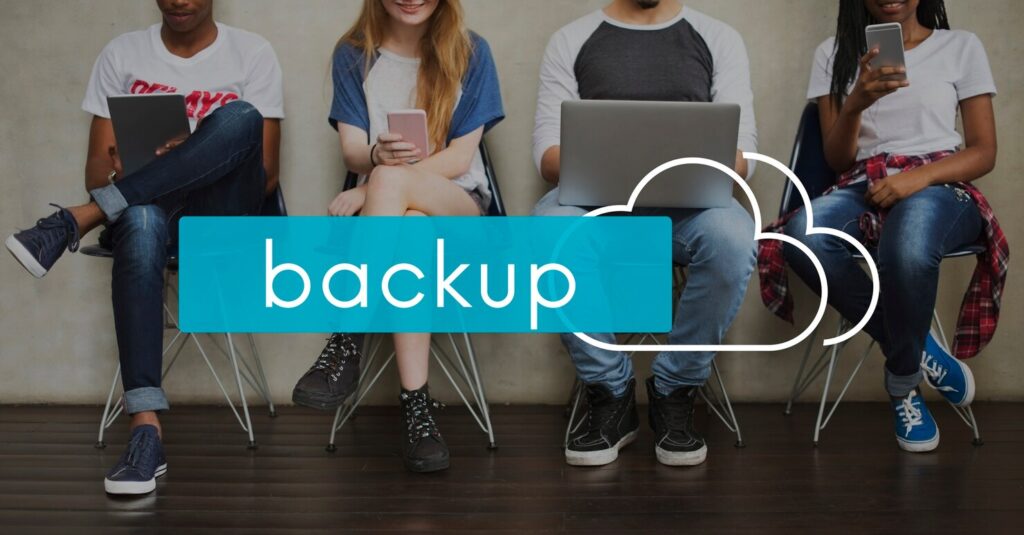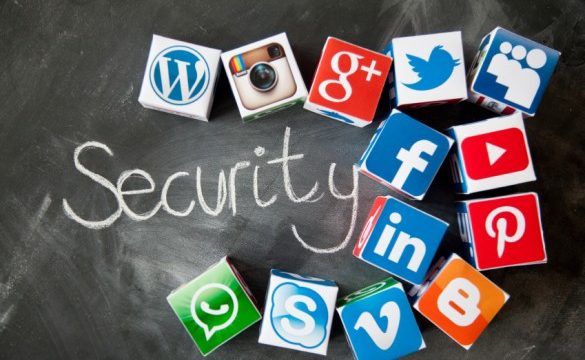Social media is an indispensable tool for businesses, especially for digital marketers. It provides a platform to engage with customers, build brand awareness, and drive sales. However, with great opportunity comes significant risk.
Cyber threats are on the rise, and social media accounts are prime targets for hackers and malicious entities. Therefore, protecting your brand on social media is not just an option but a necessity.
This blog post will guide you through essential social media safety tips that every digital marketer should implement to safeguard their brand. From securing accounts to monitoring for threats, these strategies will help ensure that your brand’s reputation remains intact in the digital landscape.
1. Secure Your Social Media Accounts
The first step in protecting your brand is to secure your social media accounts. This might seem obvious, but many brands fail to implement even the most basic security measures. Here are some critical steps to take:
Strong Passwords: Use complex, unique passwords for each social media account. A strong password includes a mix of letters, numbers, and special characters. Avoid using easily guessable information like your birthday or the word “password.”
Two-Factor Authentication (2FA): Enabling 2FA adds an extra layer of security to your accounts. Even if someone gets hold of your password, they would still need access to your secondary authentication method (such as a mobile device) to log in.
Regularly Update Passwords: Change your passwords periodically, and ensure that your team does the same. This minimizes the risk of unauthorized access over time.
2. Educate Your Team
Your brand’s social media security is only as strong as your weakest link. Unfortunately, human error is a common cause of security breaches. Therefore, educating your team on best practices is crucial.
Security Training: Conduct regular training sessions to keep your team informed about the latest social media threats and how to avoid them. This includes phishing scams, suspicious links, and the importance of keeping account information confidential.
Social Media Policies: Develop and enforce a clear social media policy that outlines acceptable behavior and security protocols. This policy should cover everything from account access to how to handle suspicious activity.
Access Control: Limit access to your social media accounts to only those who absolutely need it. Consider using tools that allow you to manage permissions and monitor activity across accounts.
3. Monitor for Suspicious Activity
Proactive monitoring is essential for detecting and responding to potential threats before they can cause significant damage.
Use Monitoring Tools: Invest in social media monitoring tools that can alert you to unusual activity on your accounts. These tools can help you detect unauthorized logins, changes to account settings, or unusual posting behavior.
Regular Audits: Perform regular audits of your social media accounts to ensure that there are no unauthorized users or suspicious activities. This includes checking for changes to account recovery options, connected apps, and account settings.
Respond Quickly: If you notice any suspicious activity, take immediate action. This might involve changing passwords, revoking access for certain users, or reporting the issue to the social media platform.
4. Protect Your Brand’s Reputation
In addition to securing your accounts, it’s crucial to protect your brand’s reputation online. Negative comments, fake accounts, and misinformation can all harm your brand if not managed properly.
Manage Negative Feedback: Address negative comments and reviews professionally and promptly. Ignoring or mishandling negative feedback can escalate the situation and damage your brand’s image.
Monitor for Impersonation: Regularly search for fake accounts or imposters who may be trying to imitate your brand. Report these accounts to the platform to have them removed.
Content Moderation: Implement content moderation practices to ensure that any harmful or inappropriate content is quickly identified and removed from your social media pages.
5. Back Up Your Data

Data loss can occur due to hacking, platform errors, or even accidental deletion. Regularly backing up your social media data ensures that you can recover your accounts and content if something goes wrong.
Automated Backups: Use tools that automatically back up your social media data, including posts, photos, and videos. This ensures that you have a copy of your content in case of an emergency.
Export Data Regularly: Many social media platforms allow you to export your data. Make it a habit to download and store this data securely on a regular basis.
6. Stay Updated on Platform Changes
Social media platforms frequently update their algorithms, security features, and user policies. Staying informed about these changes can help you adapt your strategies and maintain the security of your accounts.
Follow Official Channels: Keep an eye on the official blogs and social media channels of the platforms you use. This will help you stay informed about any new security features or important updates.
Join Industry Groups: Participate in industry-specific groups or forums where professionals discuss the latest trends and security practices in social media marketing.
Consult with Experts: When in doubt, consult with cybersecurity experts who can provide guidance on the latest threats and how to protect your brand.
7. Have a Crisis Management Plan
Despite your best efforts, a security breach or social media crisis can still occur. Having a crisis management plan in place ensures that you can respond effectively and minimize damage.
Crisis Response Team: Designate a team responsible for managing social media crises. This team should include members from your marketing, PR, and IT departments.
Communication Strategy: Develop a clear communication strategy that outlines how you will inform your audience, stakeholders, and the media in the event of a breach or other crisis.
Post-Crisis Analysis: After a crisis, conduct a thorough analysis to understand what went wrong and how you can prevent similar incidents in the future.
Vital of Social Media Security
In the fast-paced world of digital marketing, protecting your brand on social media is more critical than ever. By implementing these essential security strategies, you can safeguard your brand’s reputation, prevent unauthorized access, and respond effectively to any potential threats.
Remember, social media security is an ongoing process, and staying vigilant is key to keeping your brand safe in the digital landscape.
By following these tips, digital marketers can ensure that their social media presence remains a powerful and secure asset to their brand’s overall strategy.
